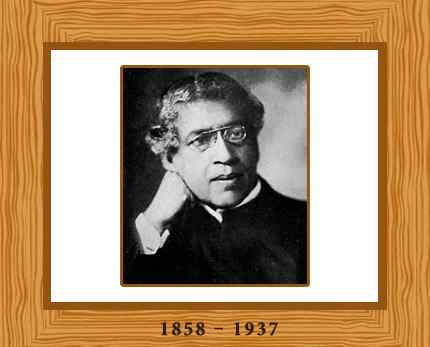Let's spread the joy of Reading. Developing reading habit and information literacy skills among students and teachers is the primary objective of a school library.
Wednesday, December 9, 2020
Wednesday, December 2, 2020
GSP AUDIT
Students from grade 5-12 can register and participate individually by their own.Last date of submission audit is 11 december 2020. Students to make a week observation at home for completion of different areas of audit as electricity audit ,water audit etc. and inform to the Class teachers, so that Class Teacher have record of no.of participation.
https://greenschoolprogramme.org/audit/Audit@home
link for GSP AUDIT
Last date for audit 11/12/2020
KALA UTSAV COMPETITION - 2020
Greetings of the day !!!!!
Dear students,
This is to inform you that NCERT is organising a KALA UTSAV COMPETITION - 2020 through online mode and hence has asked to submit entries of students of standard IX to XII in the field of Visual Arts.
You are therefore required to submit your entry/entries in any one or more of the following Art Theme by 09:00 p.m. today as Regional Level Competition will take place on 04-12-2020:
S.No) Art Theme
👇🏻👇🏻👇🏻👇🏻👇🏻👇🏻
1) Drawing (2-D)
2) Painting(2-D)
3) Print
4) Sculpture(3-D)
5) Traditional Toys & Games
You can send your work on the no. 9870533342 directly via whatsapp.
In case of any query, you can directly contact me(Barkha, TGT - Art Education) on the no. as mentioned above.
Tuesday, December 1, 2020
Acharya Jagadish Chandra Bose
Jagadish Chandra Bose

Sir Jagadish Chandra Bose is one of the most prominent first Indian scientists who proved by experimentation that both animals and plants share much in common. He demonstrated that plants are also sensitive to heat, cold, light, noise and various other external stimuli. Bose contrived a very sophisticated instrument called the crescograph, which could record and observe plants minute responses to external stimulants. It was capable of magnifying the motion of plant tissues to about 10,000 times of their actual size and, in doing so, found many similarities between plants and other living organisms.
Early Life and Career Path:
Jagadish Chandra Bose was born on 30 November, 1858 at Mymensingh, now in Bangladesh. He was raised in a home committed to pure Indian traditions and culture. He received his elementary education from a vernacular school, because his father believed that Bose should learn his own mother tongue, Bengali, before studying a foreign language like English.
Later he attended St. Xavier’s School at Kolkata and passed the Entrance Examination for Calcutta University.
Bose attended the University of Cambridge studying natural sciences after graduating with a physics degree from Calcutta University. He returned to India in 1884 after completing his B.Sc. degree from Cambridge University and was appointed professor of physical science at Presidency College, Calcutta (now Kolkata).
In 1917 Bose left his professorship and established the Bose Institute at Calcutta which was initially devoted principally to the study of plants. He was its director for twenty years until his death.
Famous Experiment:
The central hall of the Royal Society in London was jam-packed with famous scientists on May 10, 1901. Everyone seemed to be curious to know how Bose’s experiment will demonstrate that plants have feelings like other living beings and humans. Bose chose a plant whose roots were cautiously dipped up to its stem in a vessel holding the bromide solution, which is considered a poison. He plugged in the instrument with the plant and viewed the lighted spot on a screen showing the movements of the plant, as its pulse beat, and the spot began to and fro movement similar to a pendulum. Within minutes, the spot vibrated in a violent manner and finally came to an abrupt stop. The whole thing was almost like a poisoned rat fighting against death. The plant had died due to the exposure to the poisonous bromide solution.
The event was greeted with much appreciation and applause; however some physiologists were not content, and considered Bose as an intruder. They harshly knocked the experiment but Bose did not give up and was confident about his findings.
Using the crescograph, he further researched the response of the plants to fertilizers, light rays and wireless waves. The instrument received widespread acclaim, particularly from the Path Congress of Science in 1900. Many physiologists also supported his findings later on, using more advanced instruments.
Later Life and Death:
Bose authored two illustrious books; ‘Response in the Living and Non-living’ (1902) and ‘The Nervous Mechanism of Plants’ (1926). He also extensively researched the behavior of radio waves. Mostly known as a plant physiologist, he was actually a physicist. Bose made improvements on another instrument called ‘the coherer’, for detecting the radio waves.
He was knighted in 1917 and elected the Fellow of the Royal Society in 1920 for his amazing contributions and achievements. He died aged 78, on 23 November in 1937, in Giridih, India.
